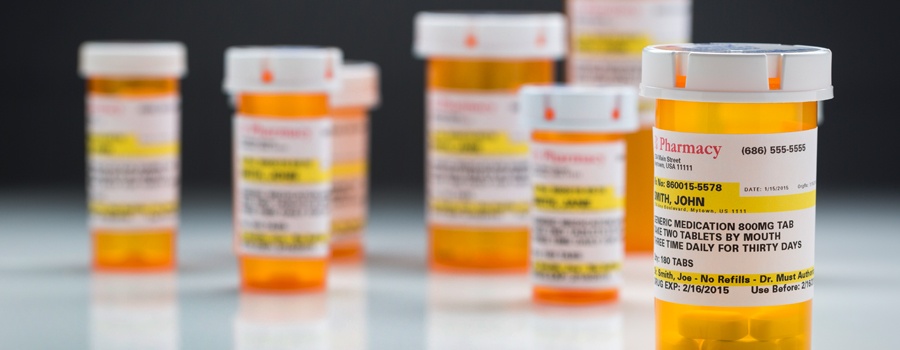Tag: treatment
-

Opioid Use Decreased in Medicare Part D While MAT Increased
The nation has been grappling with an opioid crisis for years. In 2017 alone, there were 47,600 opioid-related overdose deaths in the United States. It continues to be a public health emergency. U.S. Department of Health & Human Services Office of the Inspector General has been tracking opioid use in Medicare during this crisis, particularly…
-

Attention Primary Care Providers: Alcohol and Drug Conference is March 19-21
See also: Are You Interested in Becoming a DATA-Waived Physician? Alabama Department of Mental Health has partnered with the Alabama Department of Public Health on a grant to increase awareness of substance use disorders among primary care professionals. This grant will allow ADMH to pay the registration fee only for any of the following to…
-

Can I Get a Witness? Do You Use Chaperones in the Exam Room?
In 2018, the world of sports was rocked with the revelation that Larry Nassar, a physician for USA Gymnastics, used medical examinations as a pretext to molest nearly three hundred female gymnasts over a twenty-year period. Many of these young athletes were abused while their parents were in the examination room. News coverage of the…
-

CMS Announces New Medicaid Policy to Combat Opioid Crisis
Just a week after President Trump declared the opioid epidemic a public health emergency, the Centers for Medicare & Medicaid Services (CMS) announced a new policy to allow states to design demonstration projects that increase access to treatment for opioid use disorder (OUD) and other substance use disorders (SUD). CMS’s new demonstration policy responds to…